In A Parallel Conversion Strategythe New System
In a parallel conversion strategythe new system. In a parallel conversion strategy the new system. At some pre-determined time the current system is decommissioned entirely and all users and participants interact solely with the new system. In a parallel systems conversion strategy new IT are implemented while the existing IT are retained and completely operational so that in effect both the old and the new IT work in parallel until the glitches in the new IT have been ironed out.
C and the old are run together. C and the old are run in parallel. D is introduced in stages.
D is introduced in stages. In the direct cutover conversion strategy the new system. And the old are run together.
A is tested by an outsourced company. B replaces the old one at an appointed time. According to the Technology Acceptance Model TAM user perceptions of usefulness and ease of use are major determinants of IT adoption.
In a parallel conversion strategy the new system A and the old are run together. B replaces the old one at an appointed time. B replaces the old one at an appointed time.
E is run in at least two separate divisions in order to compare results. D is tested by an outsourced company. Is tested by an outsourced company.
A is tested by an outsourced company. B replaces the old one at an appointed time.
B replaces the old one at an appointed time.
In a parallel conversion strategy the new system A and the old are run together. B replaces the old one at an appointed time. In the direct cutover conversion strategy the new system. A is tested by an outsourced company. In todays market however new IT are often deployed using a parallel systems strategy. B replaces the old one at an appointed time. In a parallel conversion strategy the new system. While parallel conversion does have some disadvantages its primary appeal is in the potential for continued smooth operations during the changeover period. Is tested by an outsourced company.
Replaces the old one at an appointed time. While parallel conversion does have some disadvantages its primary appeal is in the potential for continued smooth operations during the changeover period. Parallel systems conversion strategy. Organizations will adjust to new information systems without any special efforts if the system is a good system to begin with. A is tested by an outsourced company. In a parallel conversion strategy the new system. B replaces the old one at an appointed time.



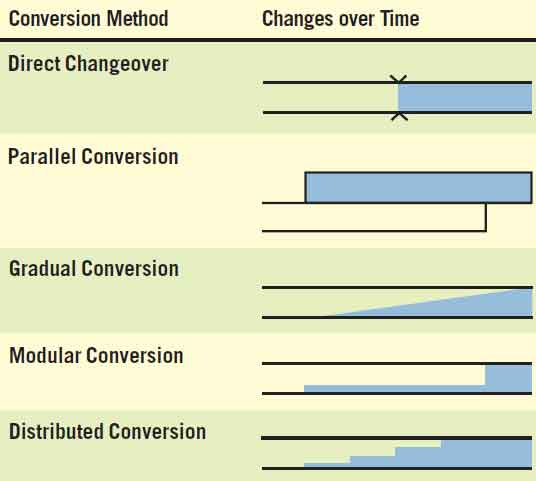


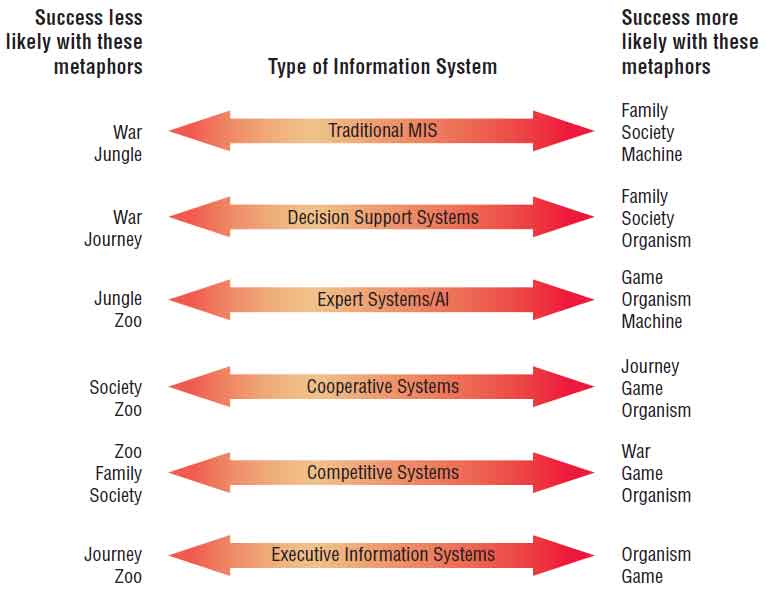
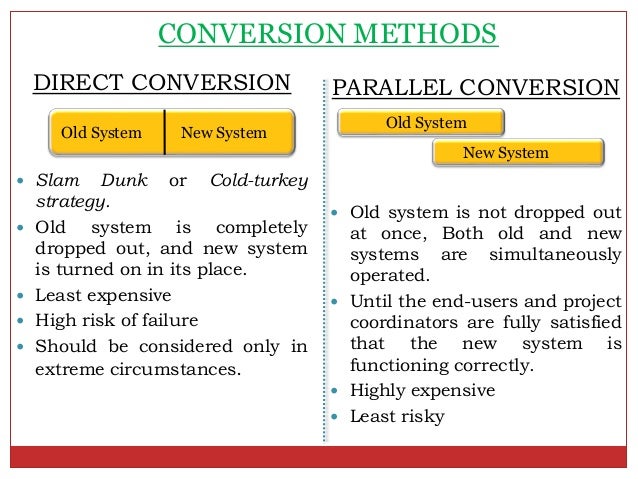

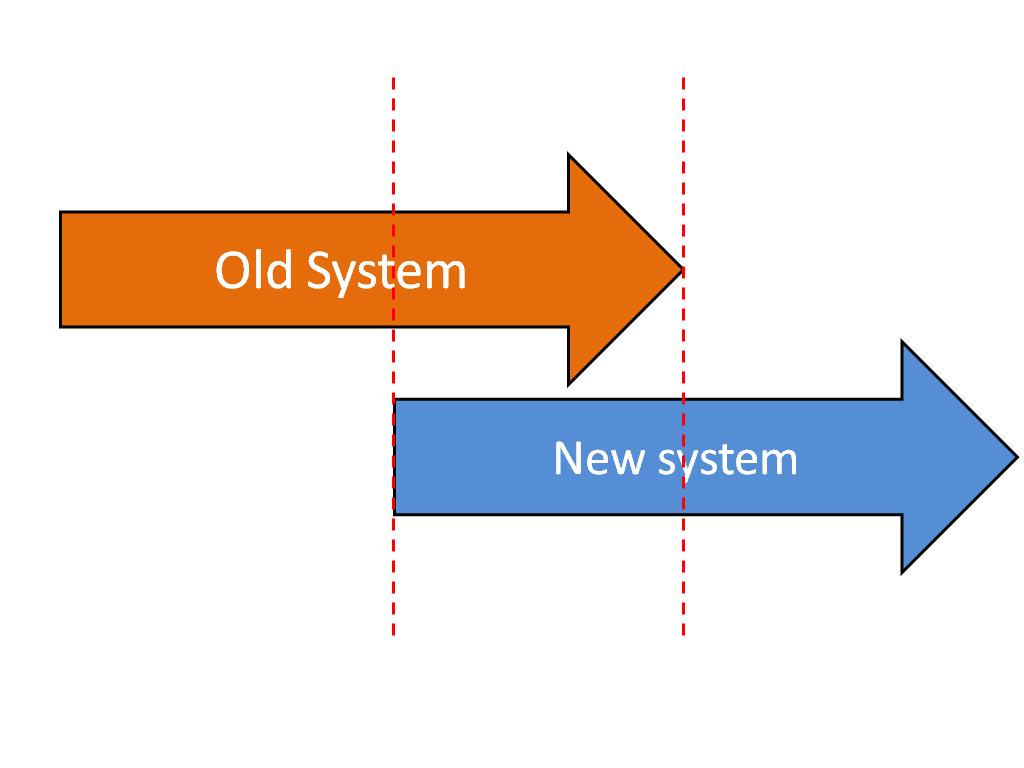




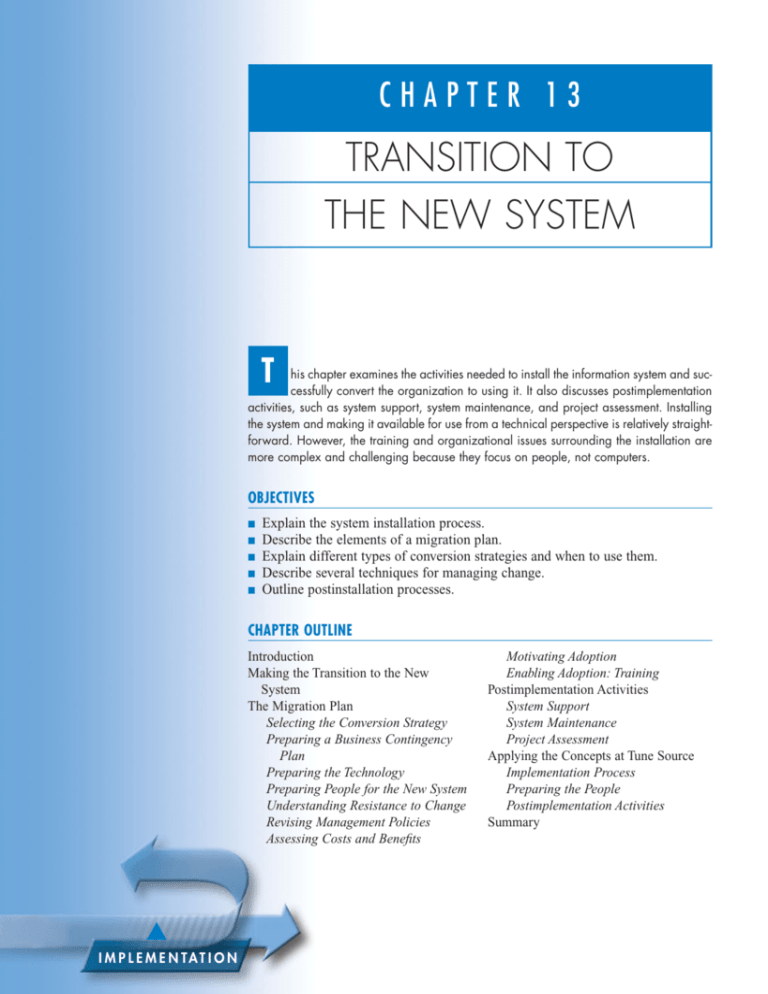
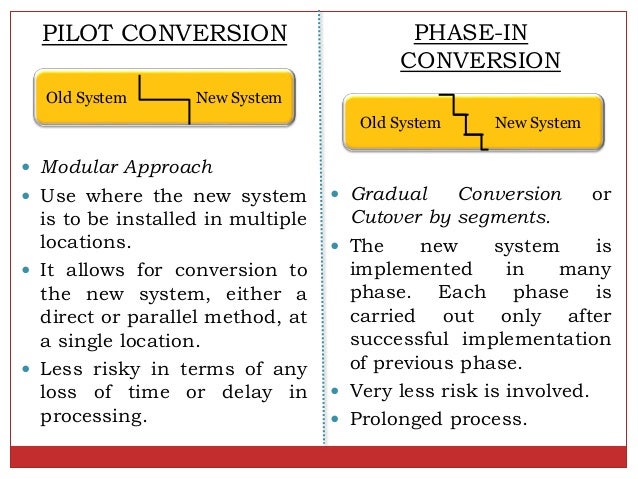







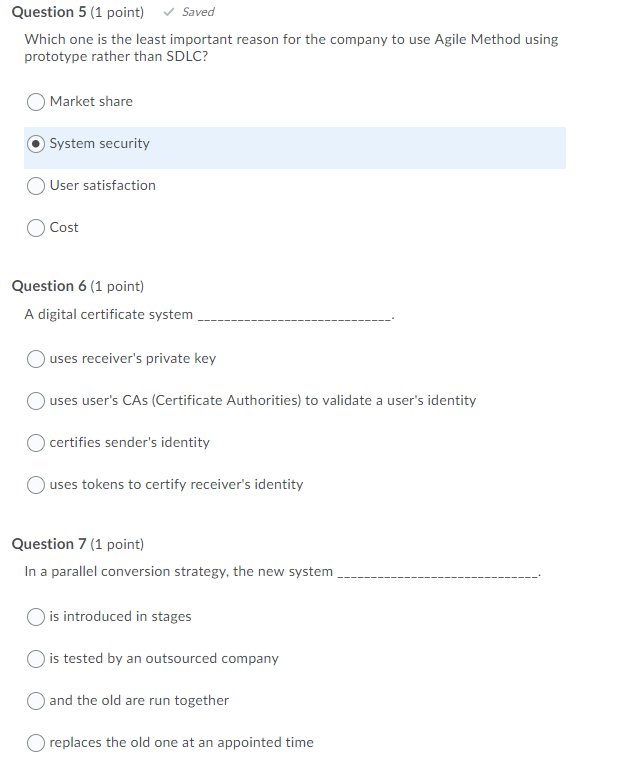







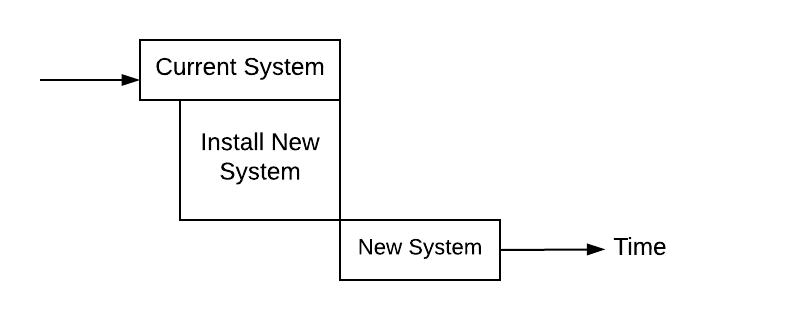




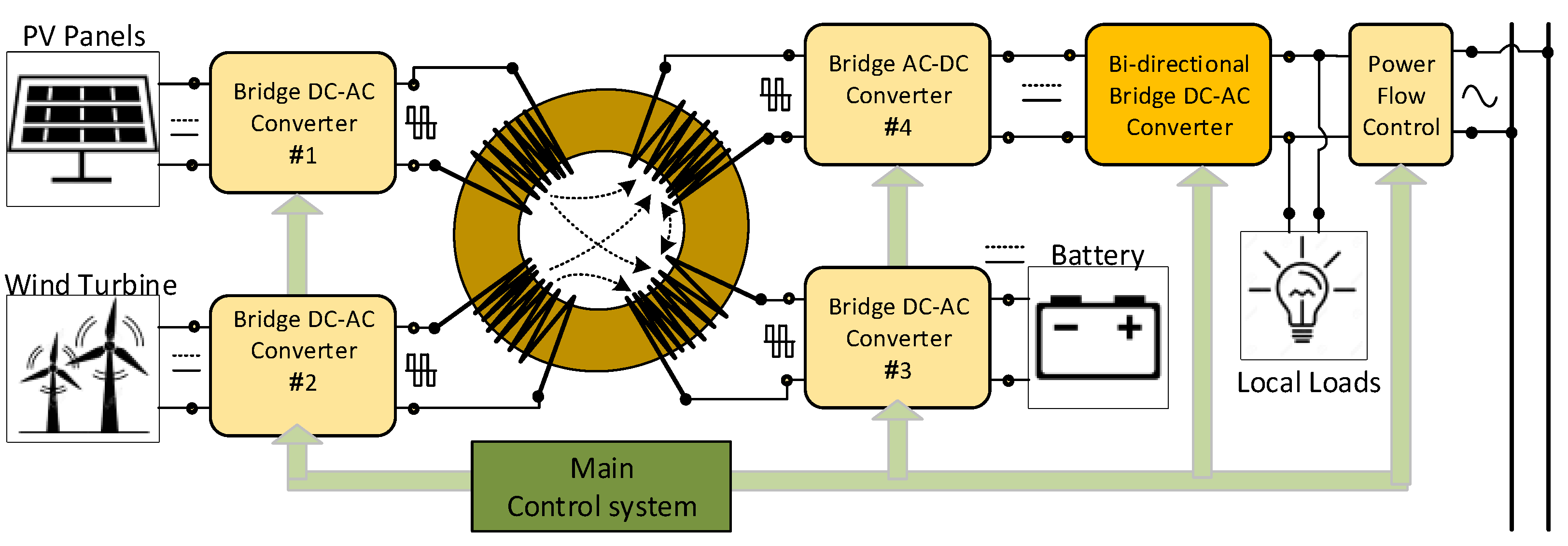
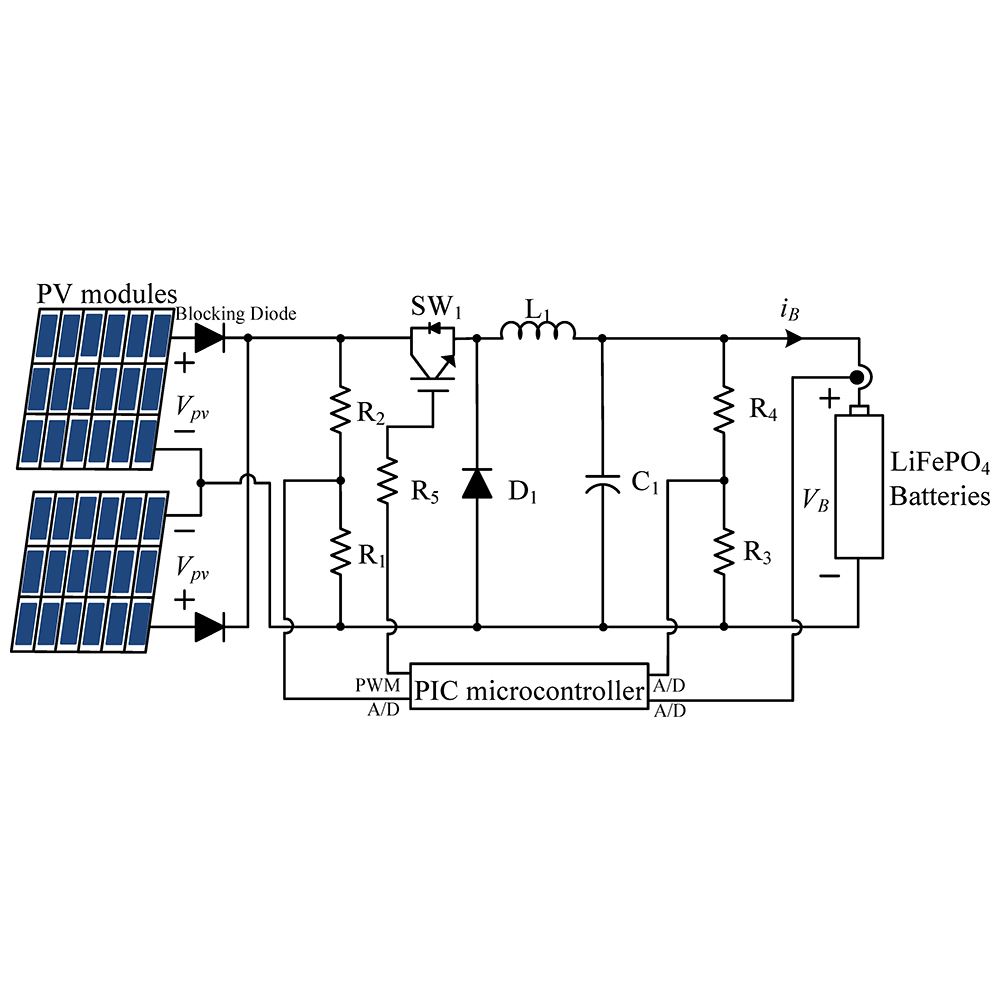

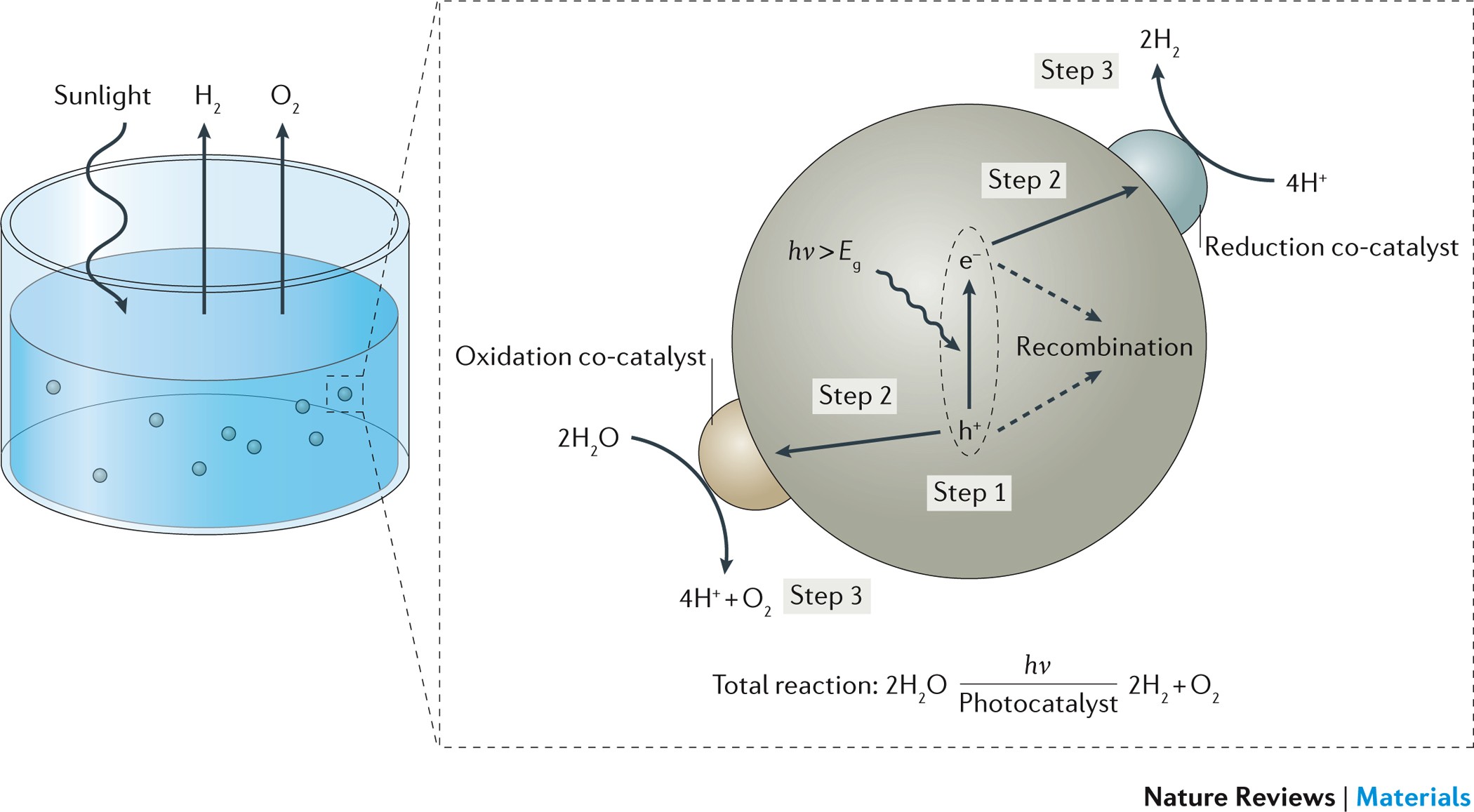
Post a Comment for "In A Parallel Conversion Strategythe New System"